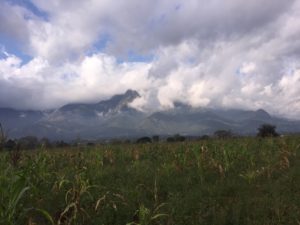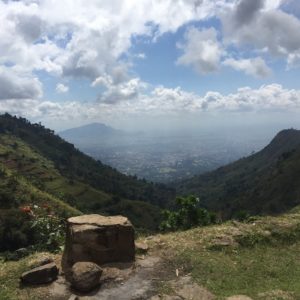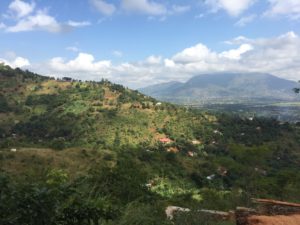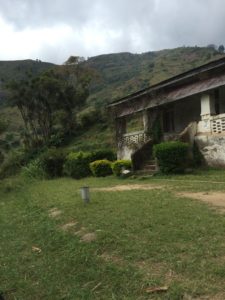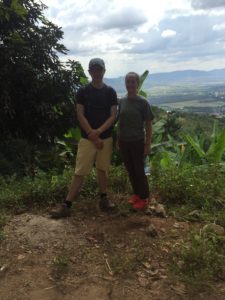大家好!
Last Friday, I arrived in Beijing to begin my Summer Language program for Notre Dame. The program is dedicated to the immersion of students into the Chinese culture and language, and that immersion is swift to say the least. As soon as I got off my flight, I exchanged my USD for some Renmenbi, and hopped on a van to Peking University to begin my experience.
Driving into Beijing, I was first struck by the traffic. I knew Beijing is one of the world’s largest cities, yet the sheer immensity of the population struck me. Arriving at Peking University (北大as it is known here), I settled in and got ready to begin classes. Monday marked the beginning of the program, and meant my full commitment to immersion into Chinese culture and language. Before class began, I signed a language pledge, promising to only speak Chinese for the next two months. My classes run from 8am-12, followed by a 40 minute individual session and culminating in study hours in the evening. This is accompanied by 3-4 hours of preparation every day for class and our daily quiz (小考). In third year Chinese, we are beginning to study more interesting topics then just the basic communications of how to giver directions or order food. In our first week we considered what traits are desirable in a role model, and discussed the implications of “freedom” in different countries. It is fascinating to hold discussions in Chinese the same way as I would in English. I am really excited to continue exploring relevant political, social, and cultural topics, so that I will be able to fluently discuss current and historical events.
While class at Peking University is exciting and challenging, the true immersion is during our “free time.” Everything from a trip to the convenience store to visiting the Great Wall requires students to push themselves. I am consistently out of my comfort zone when I walk around Beijing, yet I know that every time I hold I bargain at the Pearl Market or ask for directions to a restaurant, I am learning. Last weekend, our program went to visit the Great Wall. The climb was steep; at some points you had to use hands to pull yourself to the next stair. Yet at the top, the exertion was worth it. The view from the Wall was awe-inspiring, and painted a much different picture then the bustling urban hub of Beijing. For miles around, mountains and trees and lakes painted a scenic landscape. It was inconceivable that a city with 12 million people was just an hour away. This weekend, we are planning a trip to the Forbidden City. These weekend excursions are a great break from the classroom, and are also a very effective way to practice our language skills with native speakers. While it is often a humbling experience to converse with people in Beijing, everyone has been very patient and encouraging, and every conversation is more fluid than the last.
Learning Chinese in Beijing requires dedication. Everyday is a struggle to understand and to communicate, yet everyday I can feel my proficiency increasing. It is a remarkable experience to be able to recognize my improvement day to day, and I am excited for what the next six weeks bring me.








